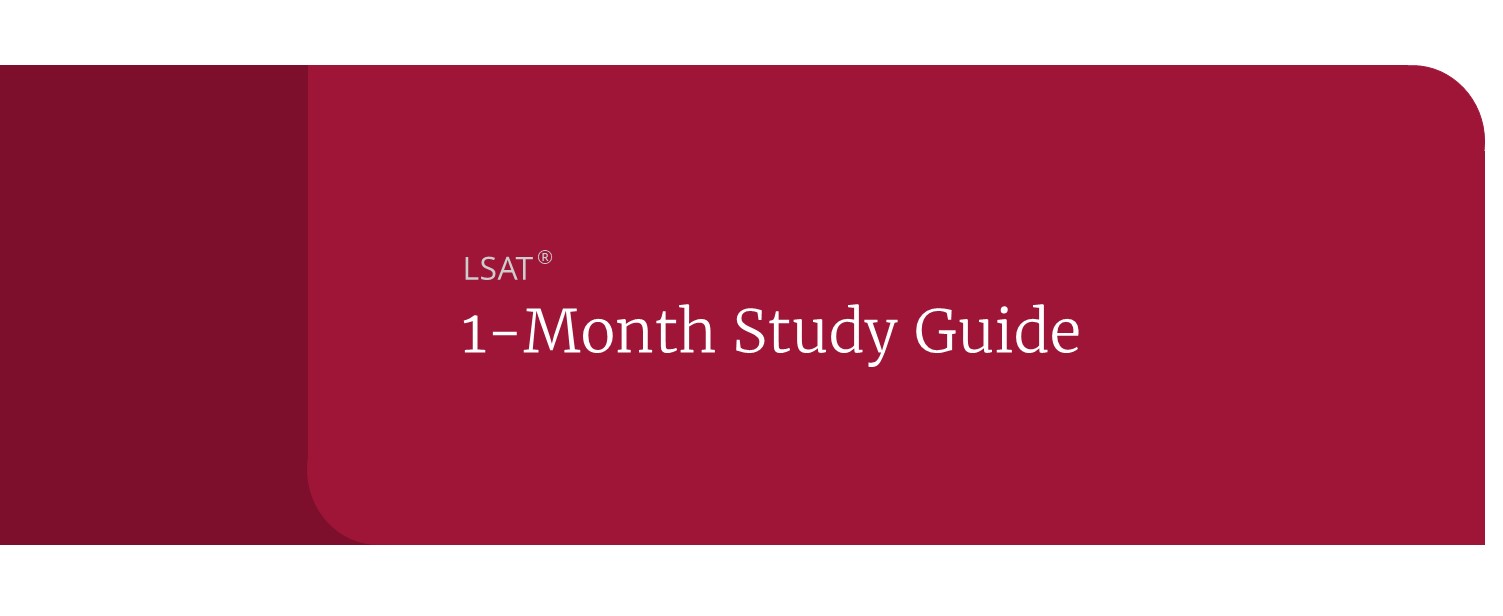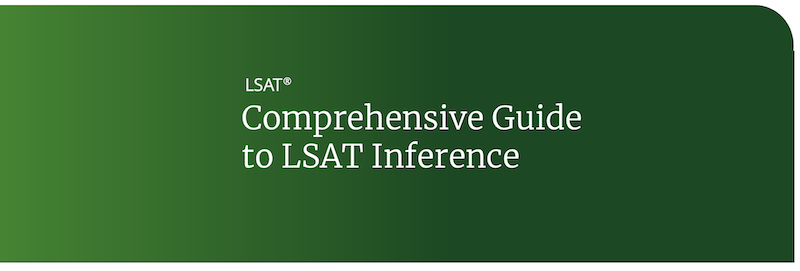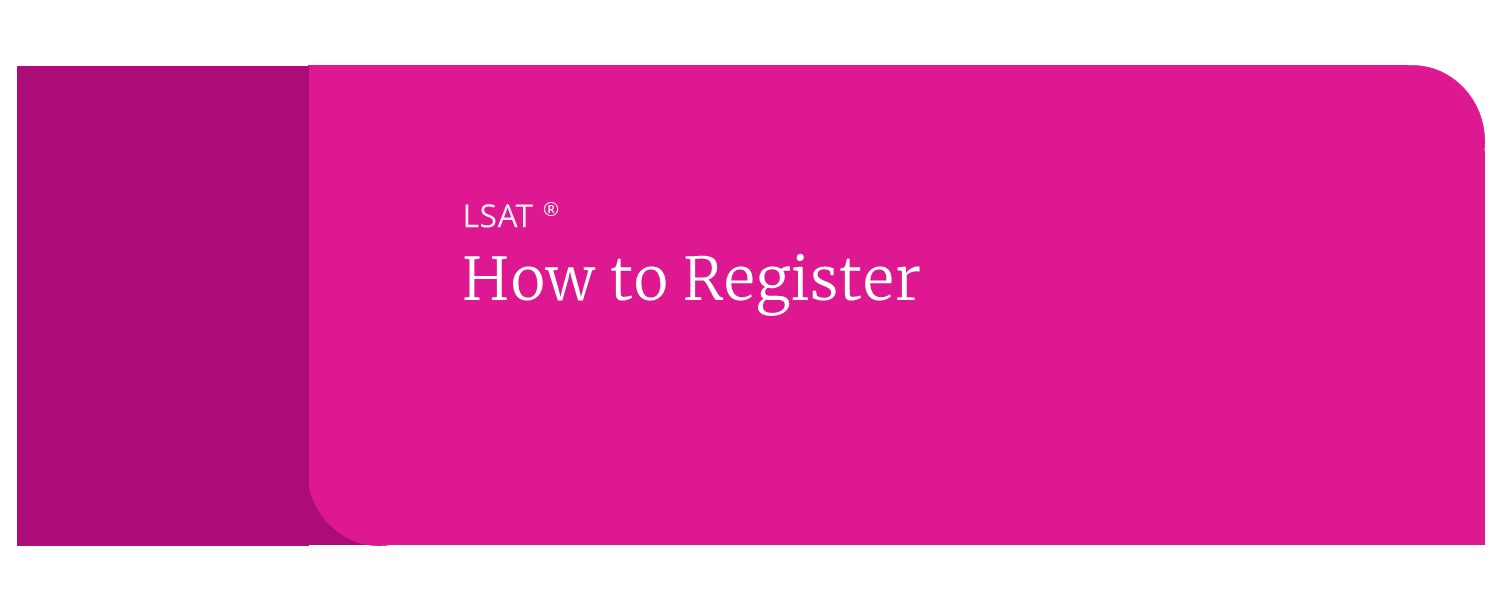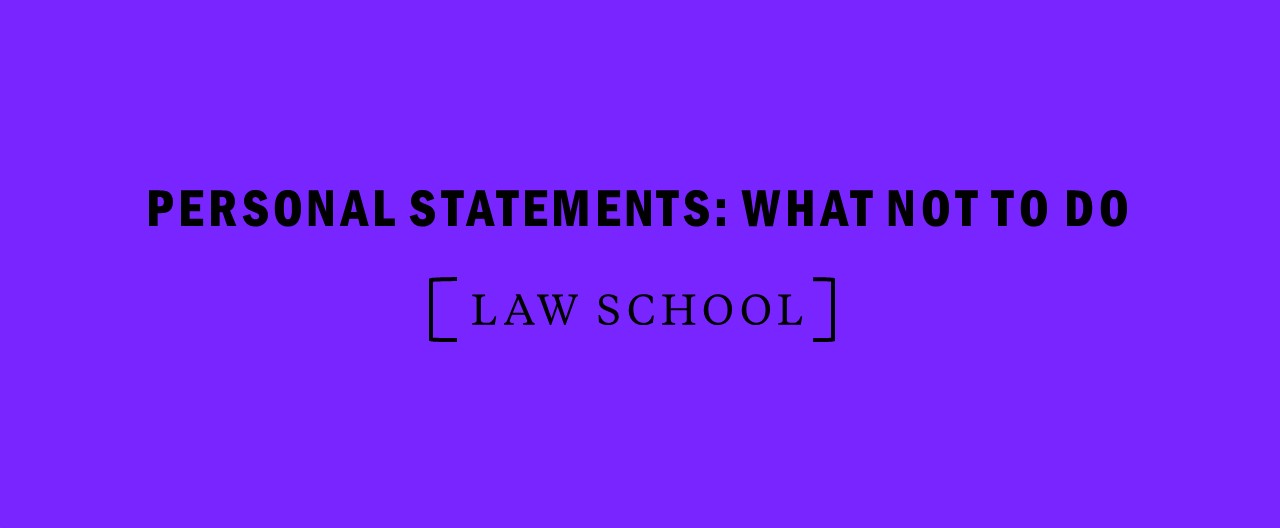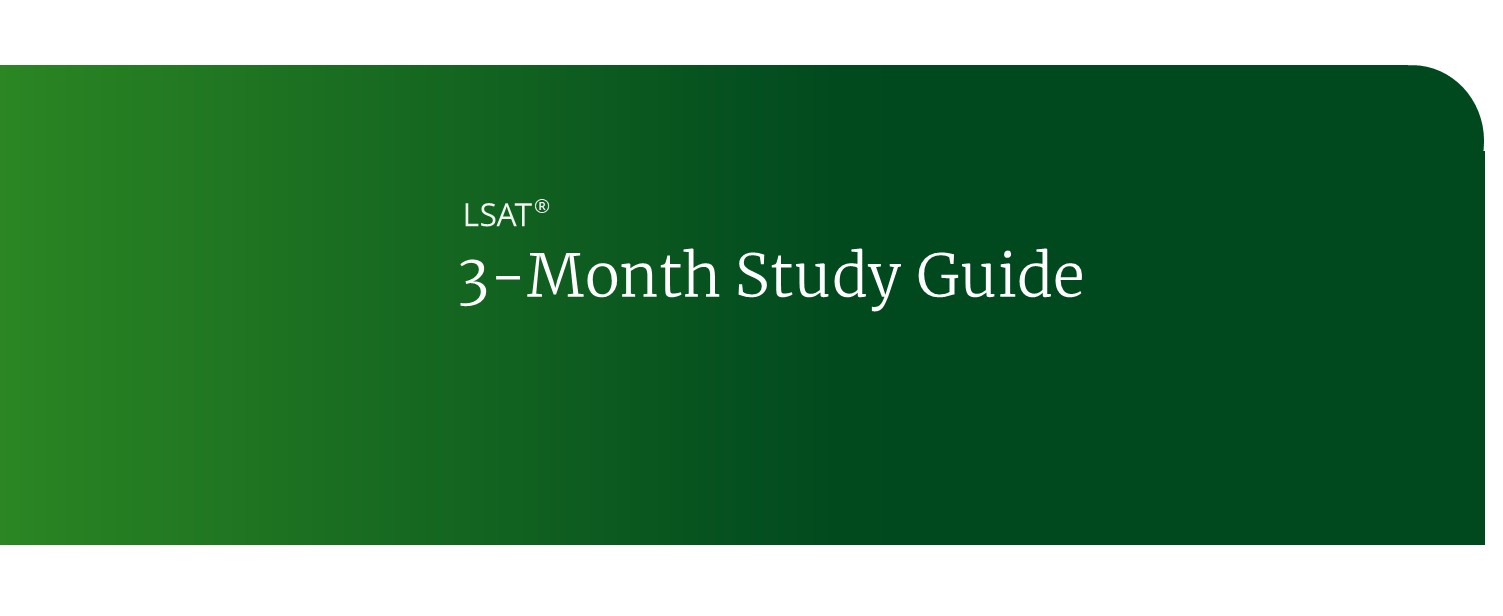Taking the LSAT-Flex Online
In response to the COVID-19 public health emergency, the Law School Admissions Council [LSAC] has suspended in-person LSAT testing in the United States and Canada. Instead, LSAC is offering what it refers to as LSAT Flex—an online, remotely proctored version of the LSAT—for those taking the LSAT through June 2021.
Typically, the LSAT was administered in public buildings—especially classrooms and conference-type rooms—that are currently closed or restricted for public safety. LSAC will monitor the COVID-19 pandemic closely and will add additional LSAT-Flex dates as needed, but LSAC plans to resume in-person LSAT administrations once health and safety conditions permit. In the meantime, the remotely proctored LSAT-Flex provides test takers the opportunity to take the test and submit their LSAT scores along with their applications to law school. After the LSAC transitions away from the Flex test, back to its original, 4-section test, however, it will be proctored live online (remotely) through at least June of 2022, with the possibility for that to be extended for tests into and beyond summer 2022.
Who is eligible for the Online LSAT-FLEX Administrations?
LAnyone can sign up for the upcoming June LSAT-Flex through the traditional LSAT registration process. Candidates previously signed up for November, January, February, or April LSAT test dates are eligible to take the LSAT-Flex. If you would prefer to wait until in-person testing resumes, you can opt out. However, with the recent news that the remote proctoring is here to stay for some time, it may be wisest to take the LSAT-Flex, as this shorter version is viewed by many to be less taxing than the longer version.
When is the LSAT-Flex offered?
- The November 2020 LSAT-Flex was administered on November 7, 8, 10, and 11, 2020. Scores were released on November 24, 2020. Registration for this administration is closed.
- The January 2021 LSAT-Flex was administered on January 16-17, and scores were released to test takers on February 3.
- The February 2021 LSAT-Flex will be administered on February 20-21, and scores are expected to be released on March 10.
- The April 2021 LSAT-Flex will be administered on April 10-11, and scores are expected to be released on April 28.
- The June 2021 LSAT-Flex will be administered starting the week of June 12.
Read more about upcoming non-Flex LSAT Administrations here.
Note: Test takers sign up for specific days and times through their LSAC accounts, and LSAC encourages students who require or prefer to take the test on a specific day or at a specific time to sign up as soon as possible. Testing slots are assigned on a first-come, first-served basis.
How does the Online LSAT-Flex work?
WHAT EQUIPMENT IS NEEDED FOR THE ONLINE LSAT-FLEX?
LSAT-Flex tests can be taken on either laptop or desktop computer with a Windows or Mac operating system. The specific requirements will be available to you through your LSAC registration and your ProctorU account. LSAC is encouraging all Flex test takers to test their equipment in light of those requirements and to use the practice testing tool at lawhub.lsac.org as soon as possible.
WHEN WILL YOU RECEIVE YOUR LSAT-FLEX SCORE?
LSAT-Flex scores are usually released several weeks after the LSAT-Flex administration.
DOES THE LSAT-FLEX OFFER ACCOMMODATIONS?
The short answer is, “Yes.” The LSAC has explicitly reiterated its commitment to ensuring that test takers with disabilities will have their accommodation needs met during LSAT-Flex administrations. Any test taker approved to receive accommodations for an in-person LSAT test date will receive the same or equivalent accommodations for their corresponding LSAT-Flex test. Test takers with approved accommodations should expect to hear directly from LSAC with relevant details for the LSAT-Flex experience.
SHOULD YOU TAKE THE LSAT-FLEX?
There’s no one-size-fits-all answer to this question. The most important considerations are how prepared you are for the LSAT and when you’ll be applying to law school. Your LSAT score is a very important part of your application, and you want to be prepared and confident of your success no matter where or how you’ll be taking the actual exam. If you are applying for admission to law school in fall 2020, you’ll need to have your LSAT score this summer (and you should contact your prospective schools for specifics about their application deadlines).
You know yourself. You may be a test taker who likes the idea of the shorter LSAT-Flex test. That’s great. But, you may also be concerned about the testing environment and know that the formality of an in-person test site better suits you. That’s okay, too. Those are the personal factors in your decision that only you can weigh.
HOW TO PREP FOR THE LSAT-FLEX
First of all, remember that all of the questions, logic game types, and passages are just like those you’ve been practicing on paper-and-pencil tests. If you’re ready for the LSAT content, nothing on the digital test will surprise you!
To get yourself ready to take full advantage of the digital, take-at-home format, Kaplan suggests
- Practice on the computer you will use for the test in the room where you’ll be taking it. Getting used to testing in that environment is very helpful.
- Use a practice test from LSAC’s LawHub in the digital interface you’ll be using on test day.
- Take three full 35-minute sections in a row–one section each of Logical Reasoning, Reading Comprehension, and Logic Games–with no breaks.
- Use scratch paper for all of your note taking and logic games sketches. On test day, you can use five sheets of blank paper. Get used to that way of working.
- Practice at the same time of day as your official LSAT-Flex test will be. Once you have registered, you will know the time at which you’ll be testing, and you can get a feel for how rested and alert you’ll feel.
Kaplan’s wishing you all the best and we’re always here to help you succeed.
[ READ NEXT: Do You Have What It Takes To Become A Lawyer? ]

